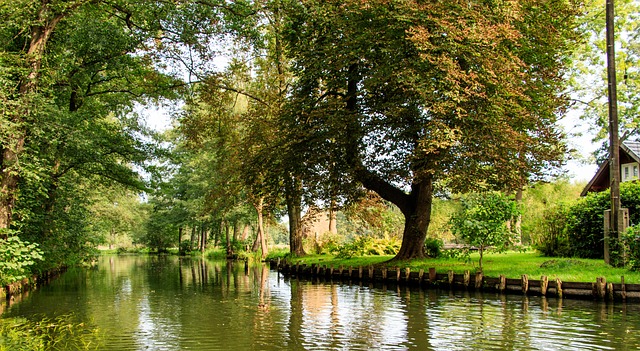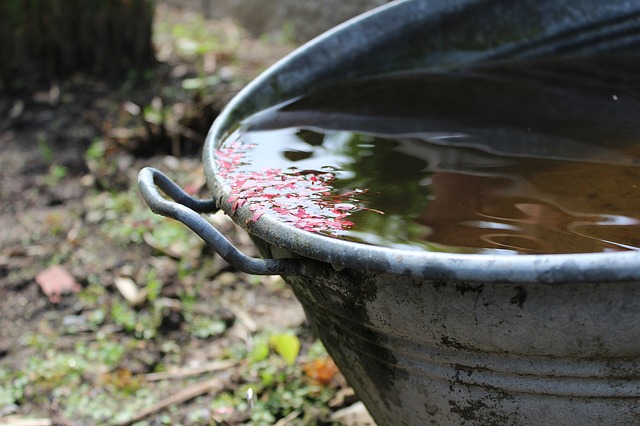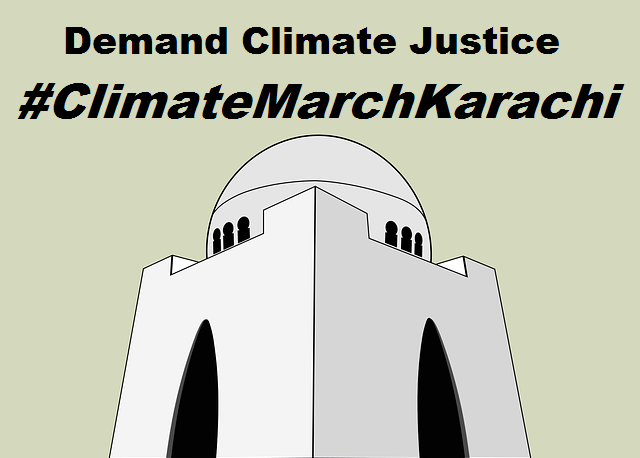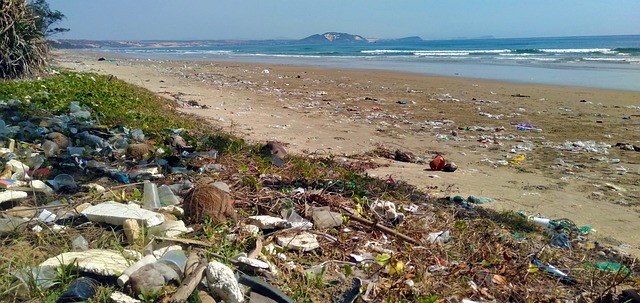What is meant by the term “Ecological Hierarchy”?
Ecological Hierarchy can be simply understood as a natural system that ranks different organisms and living beings in the environment into groups based on their interactions with each other and the environment. It also depends of the role the organism plays in the ecosystem. Simply, it is an arrangement of all organisms and abiotic components present on Earth from the simplest to the most complex.
You might also like to read: Threats to Natural Ecosystems – Causes, Effects, Management
What are the Levels to the Ecological Hierarchy?
There are 7 levels to the Ecological Hierarchy starting from the simplest and ending with the most complex. These include: Individual, Population, Community, Ecosystem, Landscape, Biome and finally the Biosphere. They are explained in some detail below:
- Individual Organism: An individual organism is someone who has only one set of haploid (23) chromosomes in each cell of the body that can sustain and help the organism to grow and develop. Scientists often define an organism as “One Genome in One Body” where genome refers to the complete set of genetic code/instructions present in that individual that can allow the individual to grow independently. Examples may include: a Human, Cat, Dog, Mouse, Rose, Sunflower etc.
- Population: A population refers to a set of individuals or a group of individuals of the same kind, living in the same place at the same time. Example: Humans living in a settlement or an area, populations of Lions in the jungle, number of sunflower and rose plants etc.
- Community: It is also a group of people, but rather than being of the same kind, community refers to many different groups of individuals (of different species) living together in a place. Examples of this may include a community of people belonging to different ethnicities , a community of humans where there are also populations of cats and dogs, different plant species, bushes and different flowers etc.
- Ecosystem: an ecosystem refers to the area where a number of communities or different types of organisms of different species interact and live their lives forming a habitat. It also involves the interactions of the living (biotic) organisms with the non-living (abiotic) aspects of the environment such as land, water bodies, air etc. Examples include: Tropical rain forests ecosystem, Savannahs and the Coral reef ecosystem. You might also like: 12 Most Beautiful Places with Unique Ecosystems in World.
- Landscape: It is the part of the region where an ecosystem or a community may live and grow. Landscapes may also have distinct features or characteristics that may differentiate them from the others and they may also be changed by the effects of natural forces and factors like winds, rain etc. It basically contains many ecosystems within it- both natural and man-made. Example: Such as the desert landscape, rocky mountains, the grasslands etc.
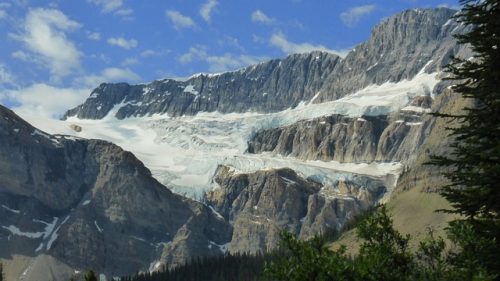
- Biome: A biome is a large area where a natural community of organisms may already be present such as vegetation, flora and fauna species and also specific type of soil, climate, and other geographical features. Examples may include the Arctic poles/ Tundra, Desert, Grasslands or the Tropical Rainforests. You may also be interested in Ecosystem Zones and Climatic Biomes of Pakistan and Endemic or Native Flora and Fauna of Pakistan.
- Biosphere: This is the most complex of all ecological hierarchies and also the last one. It contains all life that exists on earth from the deep sea oceans to the terrestrial ecosystems all around the world as well as all the non-living components such as air, land and water that interact with each other. All the biotic and abiotic components on the earth therefore make up our biosphere. Example: Earth.
Although the Ecological Hierarchy is ranked from the simplest (Individual) to the complex (Biosphere), it allows us to study how different organisms interact with each other and how the population of each species interact with each other and influence their habitat and lives. Therefore, it is very essential to study the ecological hierarchy in a place being impacted by a human activity in the future in order to better understand the problems and formulate solutions to them without causing harm to the communities living there.
Also check out: 10 Green Eco-Friendly Inventions Helping Restore Ecosystem
We hope you liked this post! Please comment below if you have any suggestions, comments or feedback! We at #envpk love hearing from readers! Thanks.

